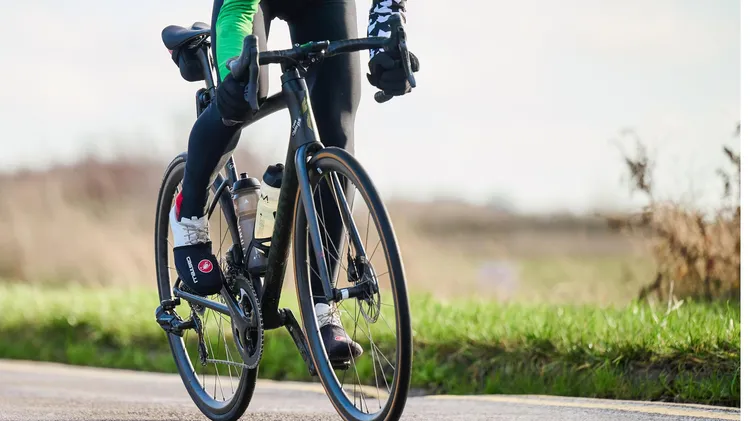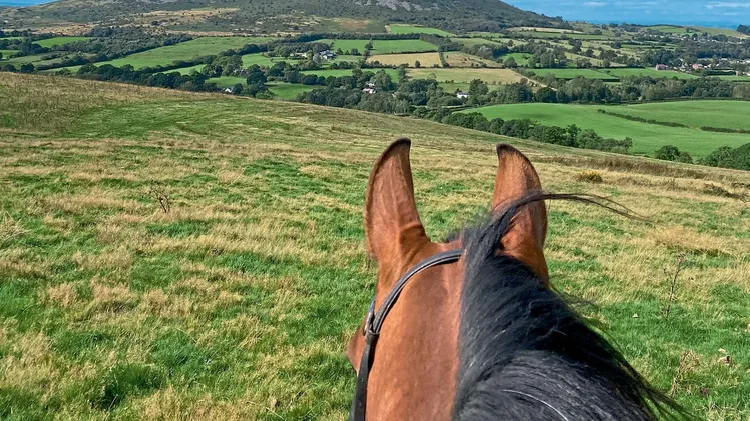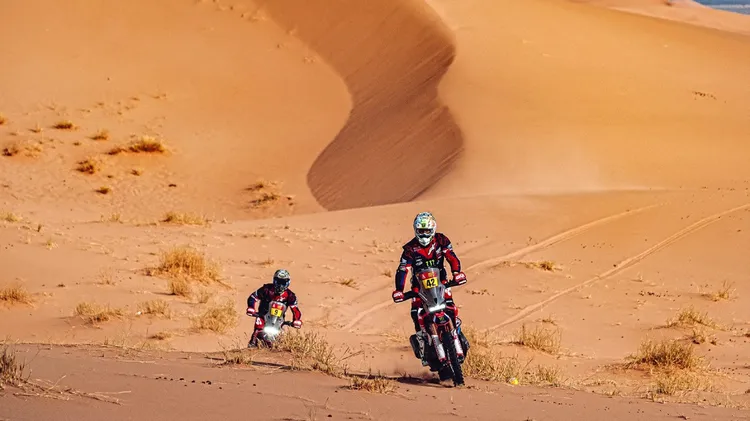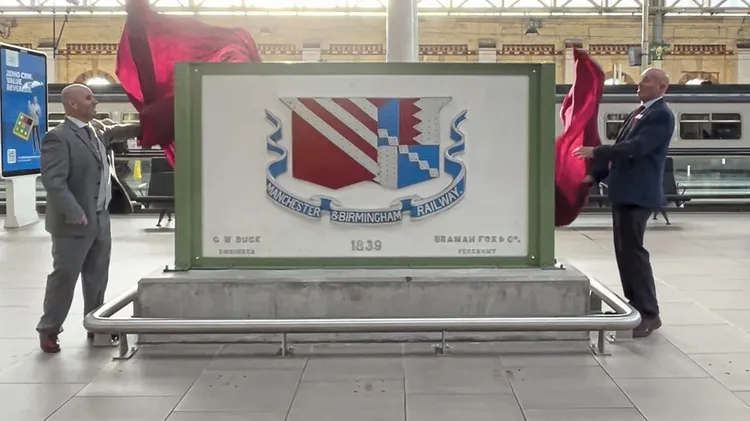How do you organise an event involving tens of thousands of cyclists in the
Taking over london
9 min read
This article is from...
Read this article and 8000+ more magazines and newspapers on Readly






